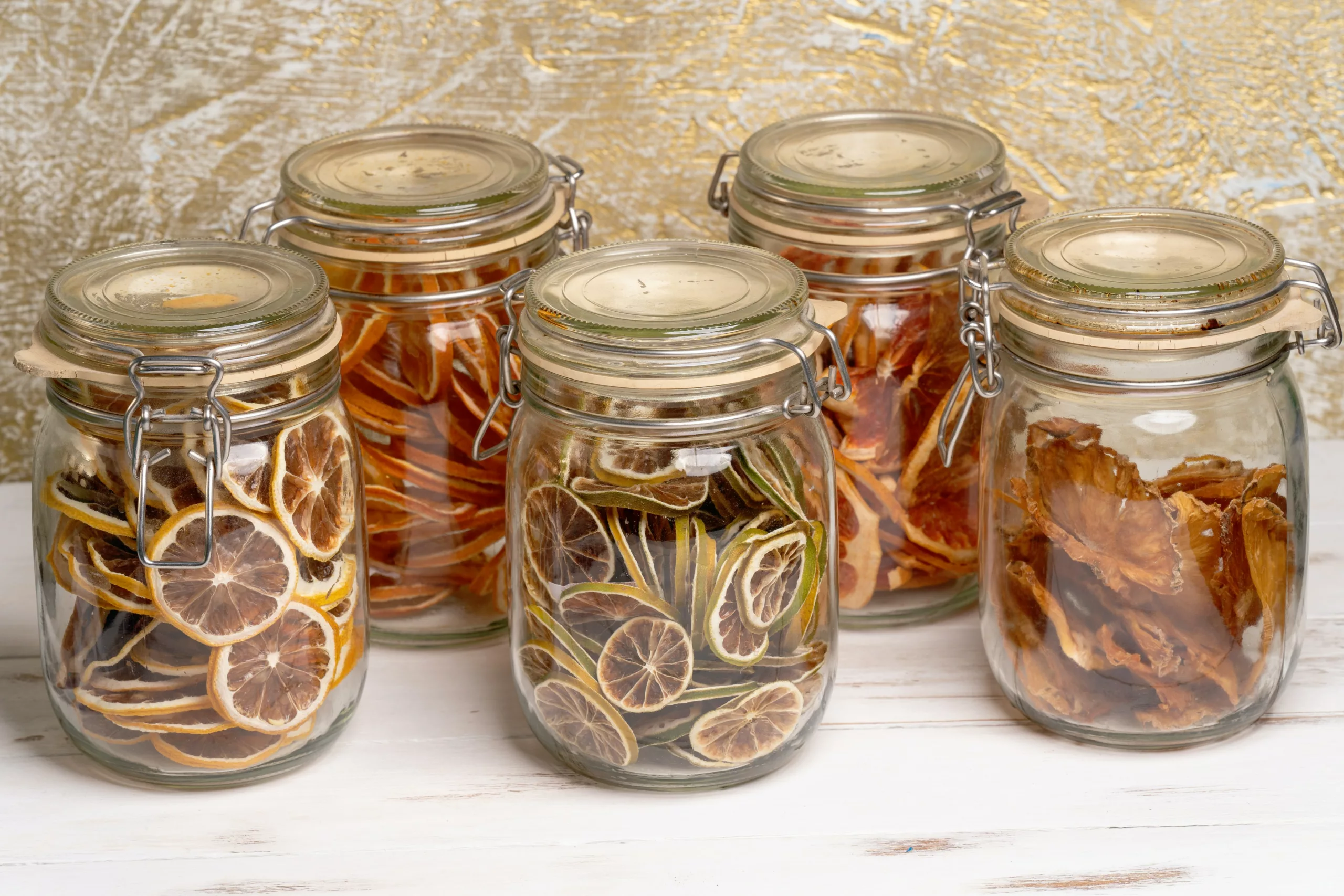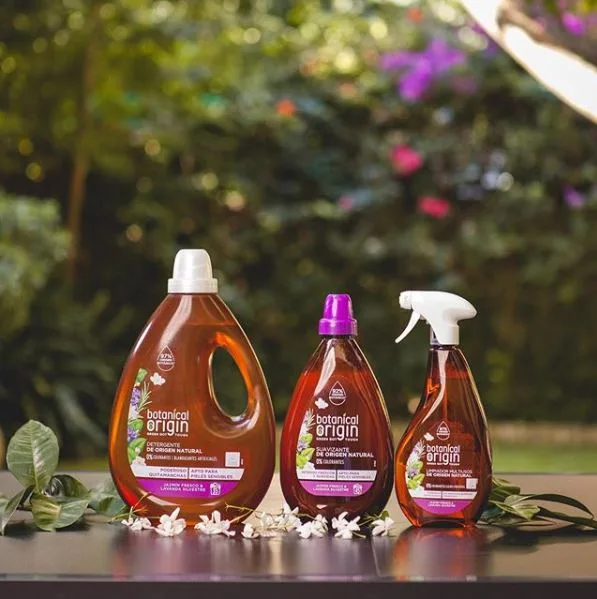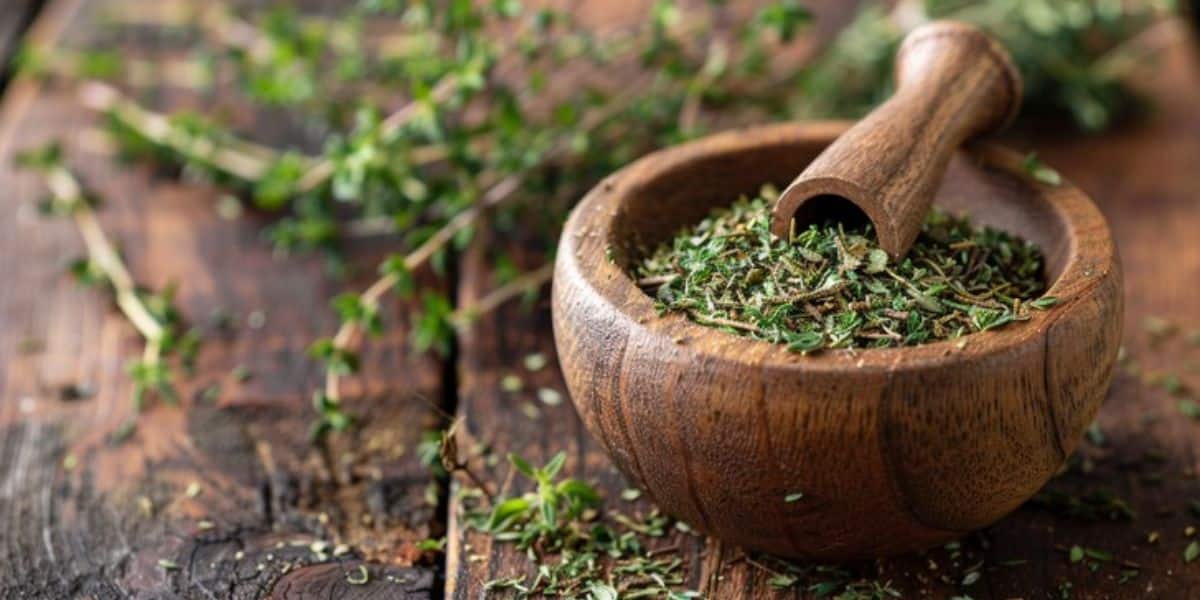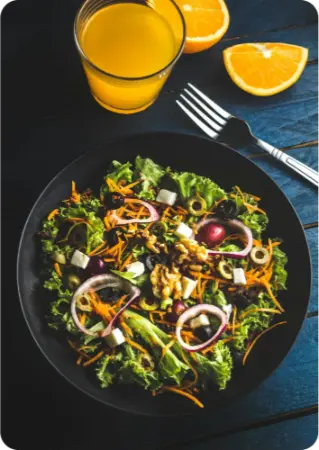Every household knows the challenge: too much fruit and too little time to consume it. Despite best efforts, we often watch helplessly as nature takes its course and our nutritious, once vibrant fruits succumb to spoilage. But there’s a delightful and efficient way to navigate around this problem – storing fruit in mason jars. This age-old method of preservation allows you to not only extend the life of your fruits but also to enjoy seasonal favorites anytime. In this guide, we’ll dive deep into the hows and whys of storing fruits in mason jars, ensuring you never have to deal with fruit waste again.
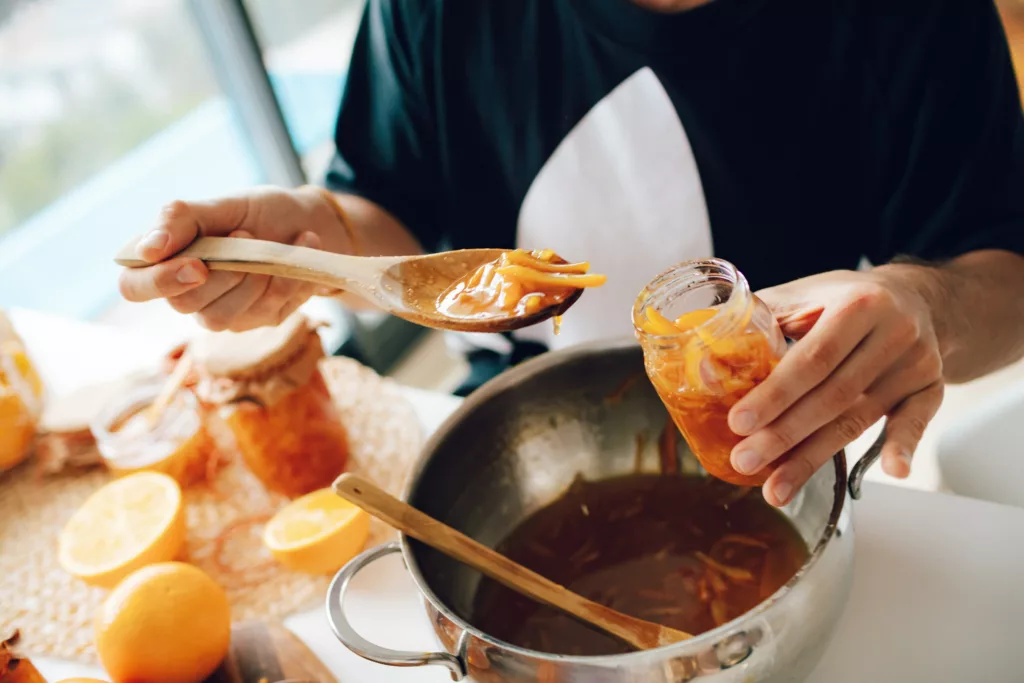
Why Choose Mason Jars for Fruit Storage?
Mason jars have been a staple in kitchens since the 1850s, offering more than just trendy decor. Their durable tempered glass construction makes them ideal for hot-fill canning, a popular food preservation method. The two-part lid system ensures an airtight seal, keeping food fresh and maintaining its quality over time. With various sizes available, mason jars offer versatility and convenience, allowing for easy organization and inventory management thanks to their transparent glass design. Embracing sustainability, these jars are not only recyclable but also reusable, making them an eco-friendly choice. Additionally, their budget-friendly nature and long-term reusability make them a cost-effective storage option compared to other alternatives.
Choosing the Right Fruits for Mason Jar Storage

Mason jars offer a great way to store various fruits, but some types are particularly well-suited for this preservation method. Apples and pears, with their firm texture and high acidity, retain their flavor exceptionally well when canned. Peaches and plums also work excellently due to their firm flesh and natural sweetness that intensifies over time. Berries like blackberries, strawberries, raspberries, and blueberries can all be successfully stored in mason jars, maintaining their taste and texture. Conversely, fruits with high water content like watermelons, and those prone to discoloration like bananas and avocados may not yield the best results when canned. The key to successful mason jar storage is using fresh fruits, as they offer the best results for preservation.
Essential Tools for Mason Jar Fruit Storage
Proper preparation and the right tools are crucial for the successful storing of fruits in mason jars. Here’s what you’ll need:
Mason Jars: Choose jars based on your storage needs and availability of space. Both regular and wide-mouth jars work, but the latter is easier to fill and clean.
Two-Piece Lids: These consist of a flat lid with a rubber-like seal on the edge and a screw band that holds the lid in place during the canning process.
Jar Lifter: This canning tool is critical for safely moving hot jars in and out of boiling water.
Canning Funnel: A canning funnel will help guide your fruits and syrups into the jars, keeping the rims clean and ensuring a good seal.
Bubble Remover & Headspace Tool: This multi-tool helps measure the correct headspace and removes air bubbles from the jars.
Step-by-step Guide on How to Store Fruit in Mason Jars
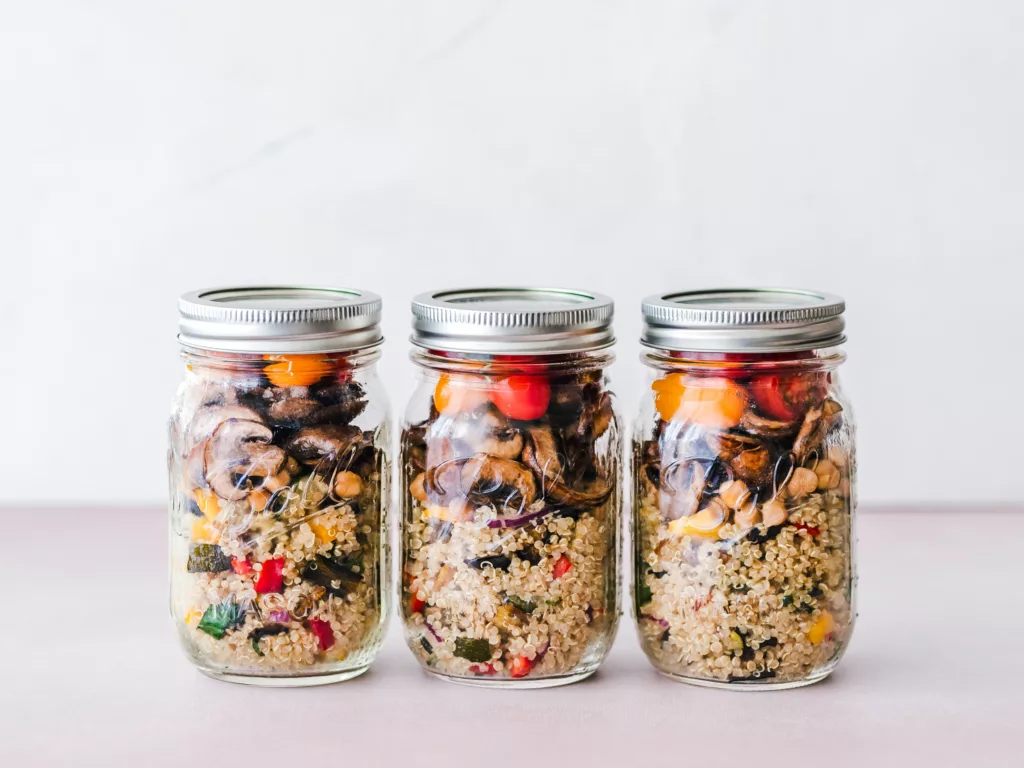
Storing fruit in mason jars is an art and a science. Here’s a step-by-step guide to help you:
Preparation: Start by cleaning your mason jars, lids, and bands in hot soapy water, rinse well, then dry.
Prepare Your Fruit: Choose fresh, ripe, and unbruised fruit. Wash it under cold running water, peeling, coring, or pitting as necessary. Cut into desired sizes.
Filling the Jars: Use a canning funnel to pack fruit into jars. If you’re raw packing (putting raw fruit in jars), pack it tightly as the fruit will shrink during processing. For hot packing (pre-cooking fruit before packing into jars), pack fruit loosely. Leave enough headspace.
Add Liquid: Pour boiling water, fruit juice, or syrup over the fruit, leaving the specified headspace. This liquid helps to preserve the fruit’s texture and flavor.
Remove Air Bubbles: Run a bubble remover tool around the inside of the jar to release the trapped air. This is crucial for ensuring a good seal.
Wipe and Seal: Wipe the rim of the jar clean before placing the lid on. Then, screw the band down until it’s finger-tight.
Process the Jars: Using a jar lifter, place jars into a canner filled with boiling water. The water should cover the jars by at least 1 inch. Cover the canner and boil for the recommended processing time.
Cooling and Storing: After processing, lift the jars out of the water, allowing them to cool undisturbed for 12-24 hours. Then, check the seals. The lids should not flex up and down when the center is pressed.
Store your jars in a cool, dry, and dark place. With proper processing and storage, canned fruits can last up to a year. Always remember, the aim is not to cook the fruit but to create a vacuum seal that preserves the fruit and prevents bacteria growth.
Tips for Success and Common Mistakes to Avoid
When it comes to canning, success lies in the details. Here are some tips and common pitfalls to watch out for:
Ensure Cleanliness: Your jars, lids, and tools should all be thoroughly cleaned before starting. This can help to prevent any bacterial contamination.
Use Fresh, Ripe Fruits: For the best flavor and texture, always use fruits that are at their peak ripeness.
Avoid Overfilling Jars: Leaving the appropriate headspace is essential for a good seal.
Do Not Over-tighten Bands: Over-tightening can prevent air from escaping during processing, leading to a failed seal.
Check Seals After Processing: Always check jar seals after they’ve cooled. Any unsealed jars should be refrigerated and eaten within a week.
How to Use Stored Fruits?
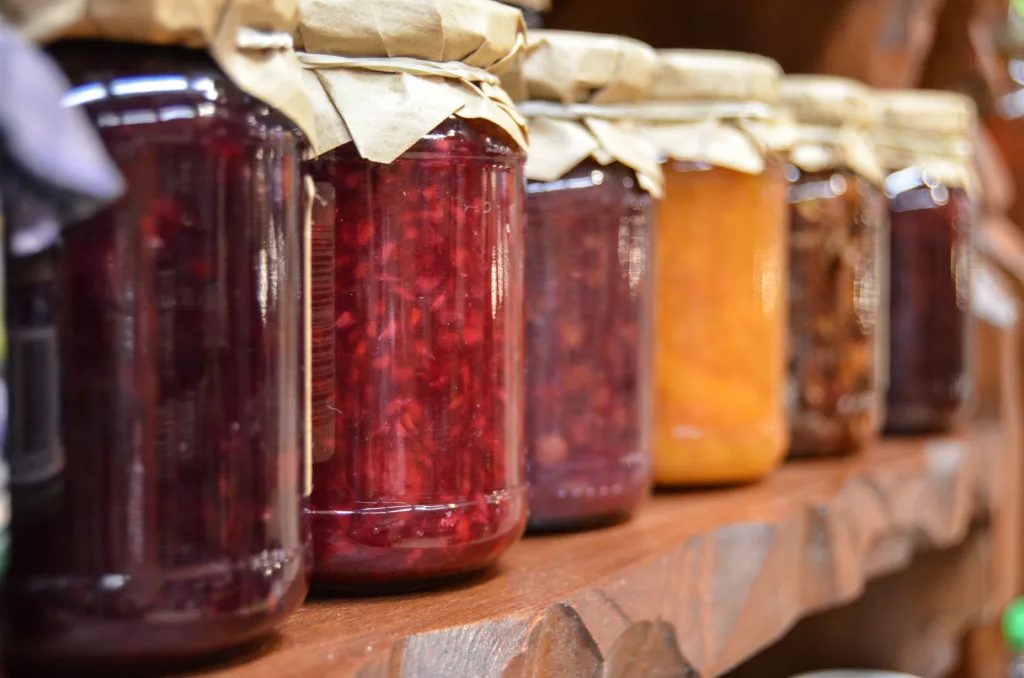
Stored fruits are incredibly versatile and can be incorporated into numerous dishes:
Breakfast: Use them as toppings for cereal, pancakes, or yogurt.
Baking: Add them to muffins, pies, or cakes for a fruit-filled treat.
Smoothies: Blend them into your morning smoothie for an added vitamin boost.
Sauces and Salsas: Fruits can be used to make delicious and unique sauces and salsas.
The opportunities are endless, so feel free to get creative!
Frequently Asked Questions
Can I store cut fruits in mason jars?
Can I reuse the lids for canning?
How long will the stored fruits last?
Conclusion
Storing fruit in mason jars is an effective, economical, and eco-friendly way to preserve nature’s bounty. Not only does it save you from the heartache of wasted food, but it also ensures you have a constant supply of delicious, nutritious fruits throughout the year. With this guide, you’re well on your way to becoming a master of this age-old preservation method. Happy canning!
Ready to embark on a flavorful vegan journey? Unleash the full potential of plant-based cuisine with our curated collection of food blogs featuring tantalizing recipes and creative cooking tips.
